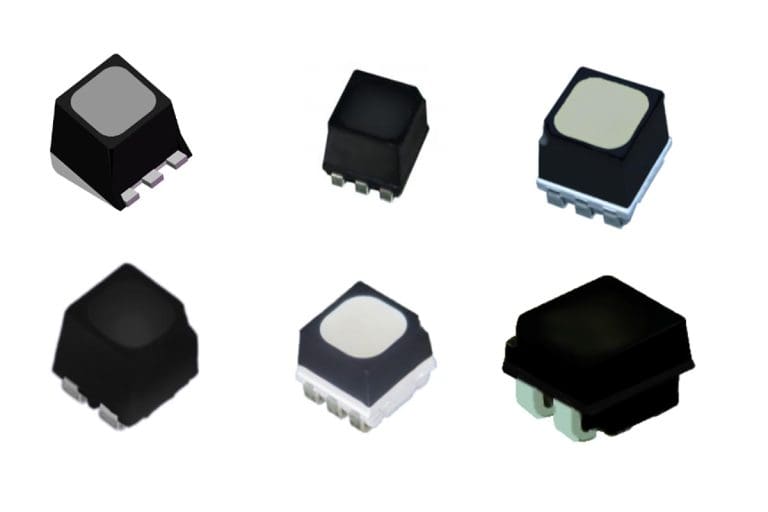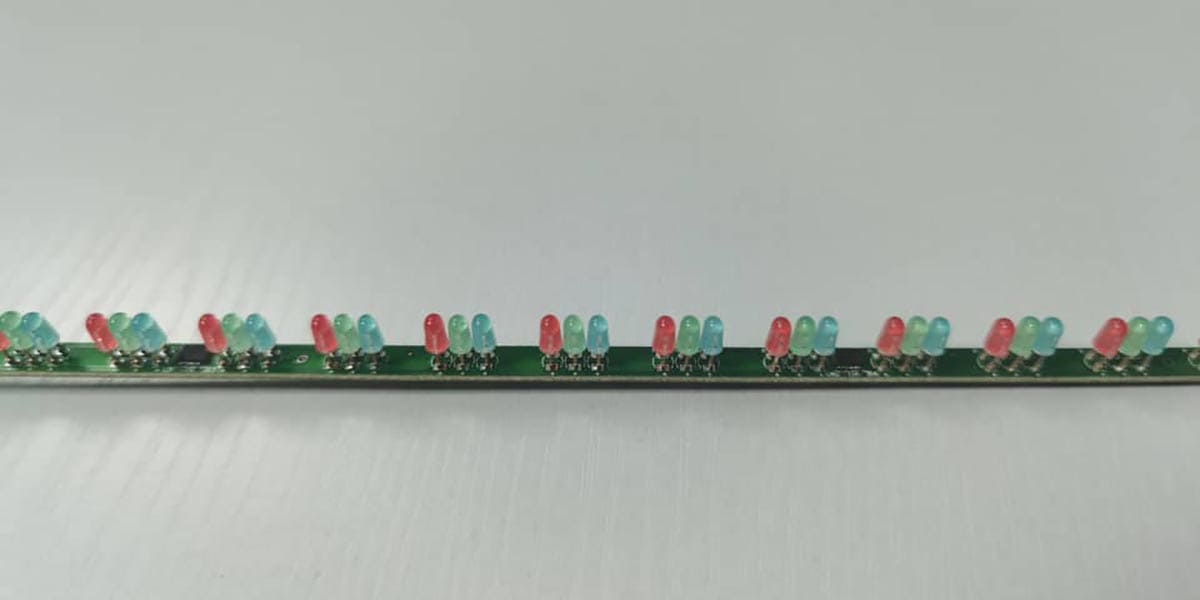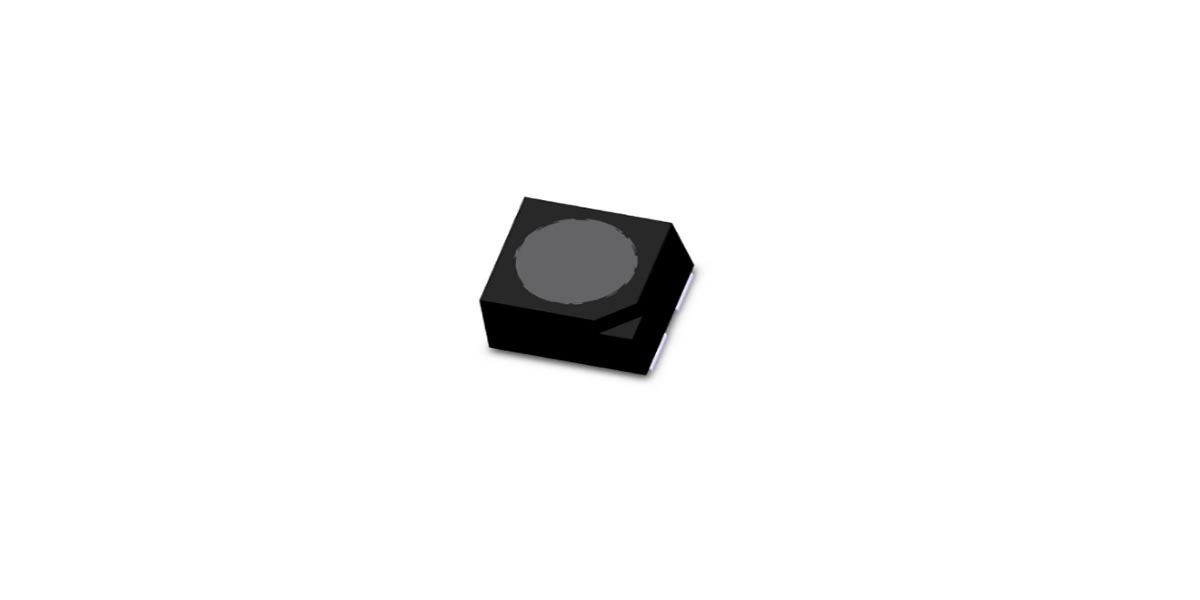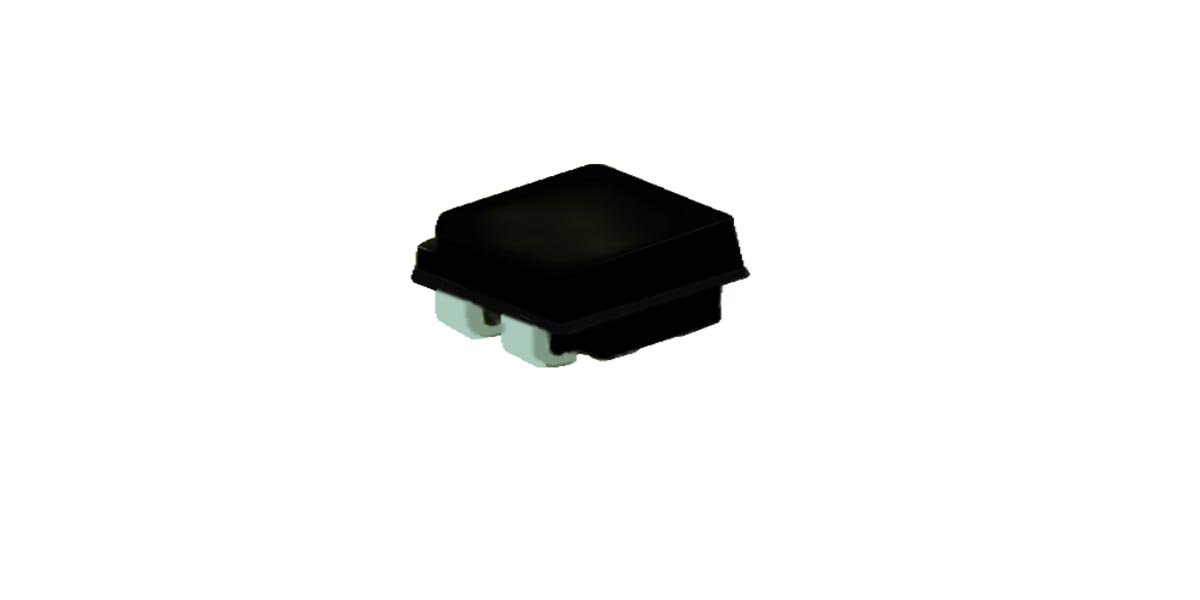The LED screen industry has experienced massive growth and is now regarded as one of the most vital and promising sectors in the global market. LED lamp beads are essential components in LED screens that play a crucial role in ensuring the quality of the displays. To fully understand LED lamp beads, it's important to consider the statistics within the industry.
The global market size for LED lamp beads is projected to grow by 9.6%, reaching 240.9 million USD by 2028, up from 2022 levels. This significant growth highlights the critical role that these lamp beads play in the LED screen industry.
If you’re planning to invest in LED displays, understanding LED lamp beads is fundamental. Be sure to also explore the various types of LED beads available.
What Are LED Lamp Beads?
Understanding the meaning of lamp beads is the first step in recognizing the role these components play in LED screens. LED lamp beads, also known as LED chips or emitters, are the small semiconductors that power LED products like LED displays. These semiconductors enable LEDs to emit light and are typically made from materials such as:
- Arsenic
- Gallium
- Phosphorus
The color emitted by the LED depends on the material used in the semiconductor. Common colors include red, yellow, green, and blue. These LED lamp beads are the key to high-performance LED screens. They come in various shapes, such as:
- Rectangle
- Square
- Round
- Lateral
- Micro
- Surface luminous
Each lamp bead has two connections that correspond to the positive and negative charges in the semiconductor. The anode carries the positive charge, while the cathode carries the negative charge. You can easily identify these by the (+) and (-) symbols stamped on them.
Types of LED Bead Processing Methods
LED lamp beads are processed in various ways, which can impact their performance and contribution to the quality of LED displays. Typically, they are coated with either a diffuser or lens, allowing the semiconductor to control aspects such as the intensity and direction of light. The LED lamp beads are usually mounted on a PCB (Printed Circuit Board).
The most common LED bead processing methods are DIP (Direct In-line Package), SMD (Surface-mount Diodes), and COB (Chip On Board). Each method has its own advantages in terms of performance, cost, and application.
DIP (Direct In-line Package)
The LED lamp beads used in the DIP method are becoming less common in the market and the LED screen industry. However, they still offer several advantages and characteristics:
- Ideal for outdoor use
- High brightness
- Excellent stability
- Small viewing angle range (H/V 120/60 degrees)
SMD (Surface-mount Diodes)
The SMD processing method is the most popular among all LED lamp bead methods, particularly in the LED display industry. Some common characteristics of SMDs include:
- Easy and convenient processing
- Cost-effective pricing
- Wide viewing angle (H/V 120/120 degrees)
- Available in small sizes
COB (Chip On Board)
Lastly, Chip On Board (COB) refers to the processing method where LED lamp beads are directly mounted on the circuit board, unlike the usual method where LED chips are placed on a socket. This method is known for the following:
- Glop-top alias
- Proper insulation of the chip
- Protection of its connections
Characteristics of LED Lamp Beads
When understanding LED lamp beads, there are certain characteristics that most common chips share:
- Chip linear arrangement
- Lightweight (as low as 1 mg per LED)
- Fog-treated surface
- Softer screen glow
- RGB black packaging
LED Lamp Beads vs. LED (Light-emitting Diodes)
LED lamp beads and light-emitting diodes (LEDs) are related but distinct components, with some shared features and key differences. Here's a comparison of their characteristics:
| Characteristics | LED Lamp Beads | Light-emitting Diodes (LED) |
|---|---|---|
| Semiconductor | Yes | Yes |
| Charge | Positive | Positive |
| Voltage | Reverse breakdown | Reverse breakdown |
| Luminosity | Higher luminous efficiency | Lower efficiency |
| Electric Sensitivity | More sensitive to current | Less sensitive to current |
| Type of Installation | SMD | Plug-in |
Advantages of Using LED Lamp Beads
LED lamp beads are commonly used in LED displays due to the many benefits they offer. Here are some of the advantages you can expect.
Micro-Spacing
LED lamp beads are widely used in micro-spacing LED splicing screens, particularly for displays that require high brightness and seamless performance. These beads have gained popularity for micro-spacing indoor LED screens.
Consistency
LED lamp beads provide consistent brightness, white balance, and chromaticity levels. Unlike some LED screens that may show different brightness levels from various angles, those powered by lamp beads maintain uniformity across the display.
Viewing Angle-Dependent
When selecting LED lamp beads, the viewing angle is a key consideration. Outdoor LED displays need a wider viewing angle, so the beads must provide balanced brightness to accommodate this requirement.
Size
The size of an LED display is influenced by the use of lamp beads. They are particularly suited for smaller, indoor screens, making them ideal for setups that demand compact and efficient displays.
Lifespan
LED displays using lamp beads are designed to last longer than those with other types of semiconductors. These screens can last up to 100,000 hours, offering durability and strength due to their robust PCB thermal structure.
Failure Rate
The failure rate in LED displays with lamp beads is notably lower. A single defect in thousands of pixels (red, green, blue) can disrupt overall screen performance, but the lamp beads significantly reduce this risk.
Anti-Static Ability
LED lamp beads are known for their anti-static properties. Since light-emitting diodes are highly sensitive to static electricity, they are prone to failure. However, lamp beads’ resistance to static reduces the likelihood of static-related failures in the LED screen.
How to Install LED Lamp Beads
When installing LED lamp beads, it’s important to follow the correct steps. You can rely on professionals for installation, but if you prefer to do it yourself, here’s a simple guide:
- Identify the type of LED lamp bead processing method used.
- Examine the four wires included in the patch-type LED lamp.
- Mark the key spots on the wires (usually per meter) and carefully cut at the marked locations (Alternatively, you can request pre-cut beads from your supplier before delivery).
- Inspect the installation plug and remove the plastic cover from the plug.
- Connect the test light, but avoid covering it or connecting it directly to the cover.
- Begin proper installation by securing the lamp socket.
- Carefully mount the SMD LED lamp bead using a tail plug and clip.
How to Choose the Right LED Lamp Beads
Choosing the right LED lamp beads involves considering several key factors that can determine whether you’ll be satisfied with your decision or regret it. To ensure you end up with a functional and high-quality LED display, here are some important tips:
- Pay close attention to the solder joints.
- Opt for a more stable chip to guarantee a high-quality LED screen.
- Ensure that the surface of the LEDs is clean, free from stains, and other impurities.
- Check the quality of the glue used in the lamp beads by gently pressing on them (low-quality glue can cause cracking or deformation).
- Packaging technology plays a critical role in the performance of your LED lamp beads and the displays they create.
- Only purchase products from reliable and trusted suppliers.
Conclusion
Understanding LED lamp beads may seem overwhelming, but knowing the components of your LED display can help you choose high-quality screens and make the most of their potential. These beads are closely linked to LEDs, but they are not the diodes themselves. They are the semiconductors that power the entire LED screen and enable the diodes to emit light.
If you’re unsure about diving deeply into LED lamp beads, that’s perfectly fine. Just make sure you have a basic understanding of them, so when it’s time to choose your LED displays, you can weigh their advantages and disadvantages effectively.
Post time: Dec-31-2024





